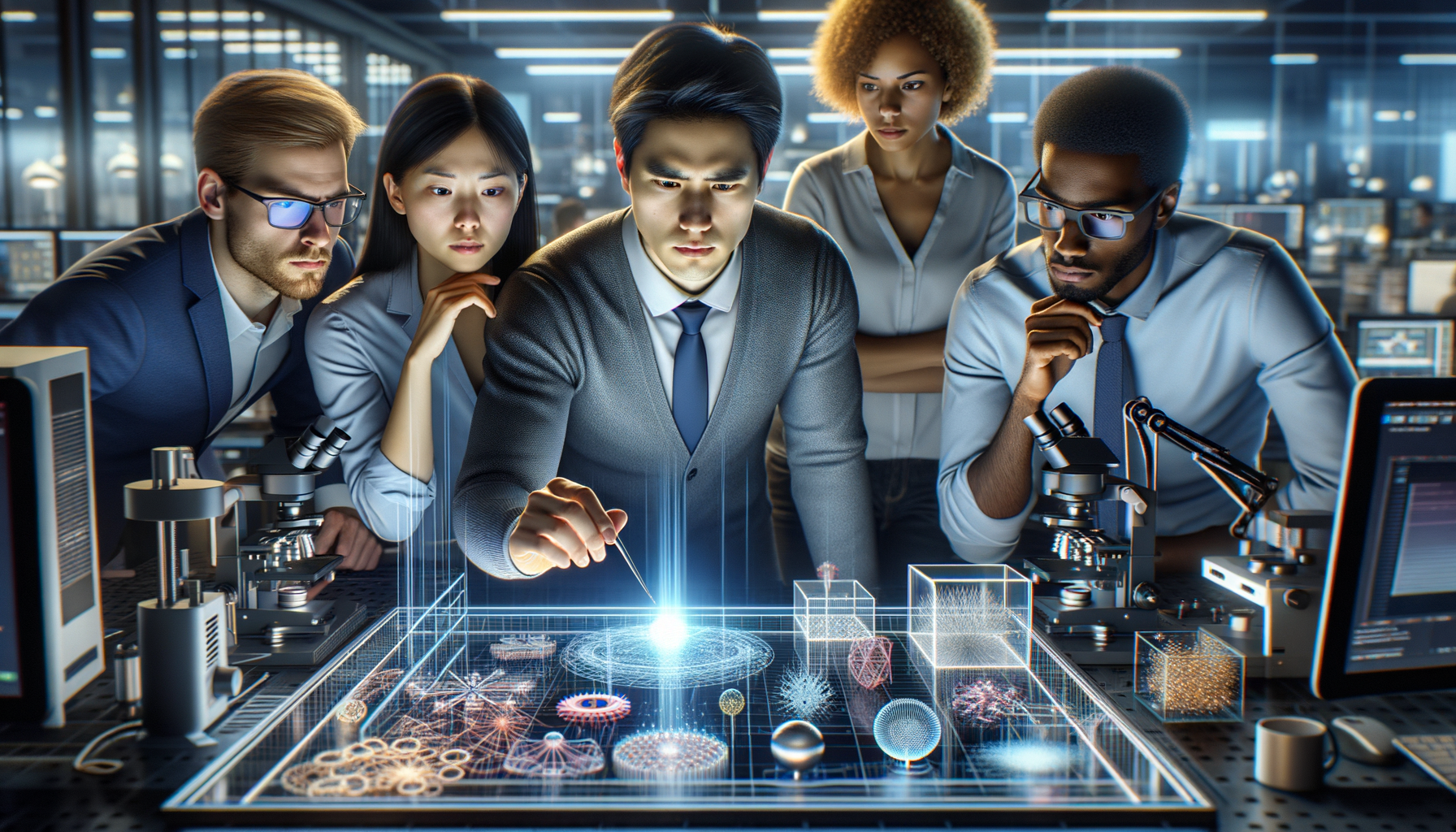
Unlocking the Potential of Materials: The Role of Machine Learning in Catalysis, Semiconductors, and Batteries
Materials science stands at the forefront of innovation, fueling advancements in technology and industry. From the development of new catalysts to the improvement of semiconductors and battery components, understanding how materials work is crucial. The rise of machine learning (ML) in this field has opened a new chapter in the quest for knowledge and efficiency. This blog post delves into how machine learning is revolutionizing the study of materials and their applications in various fields.
Machine Learning in Catalyst Development
Catalysts are substances that increase the rate of a chemical reaction without being consumed in the process. They are essential in a wide range of industries, from the production of pharmaceuticals to the creation of biofuels. Traditional methods of catalyst development involve a lengthy process of trial and error, which can be time-consuming and expensive.
Machine learning offers a powerful alternative, enabling researchers to predict catalyst behaviors and identify new catalytic materials with unprecedented speed and accuracy. By training algorithms on vast datasets of chemical reactions and known catalysts, ML models can uncover patterns and relationships that would be nearly impossible for humans to discern. This predictive capability allows for the rapid screening of potential catalysts and the optimization of existing ones for better performance.
Improving Semiconductors with Machine Learning
Semiconductors are the foundation of modern electronics, found in everything from smartphones to solar panels. The performance of these devices hinges on the quality of their semiconductor materials. Machine learning is playing a pivotal role in the semiconductor industry by enabling the design of materials with specific properties, such as higher conductivity or greater thermal stability.
Through ML algorithms, researchers can simulate and predict the electronic structure of semiconductor materials, leading to more efficient manufacturing processes and the discovery of new semiconductors with desirable traits. This not only accelerates the pace of innovation but also reduces the environmental impact and cost associated with semiconductor production.
Enhancing Battery Components with ML Insights
The demand for high-performance batteries is surging, driven by the growth of electric vehicles and renewable energy storage. Machine learning is instrumental in improving the performance and longevity of battery components. By analyzing data from previous battery tests and simulations, ML can predict how different materials will behave in a battery setup, including their capacity, charge rate, and lifespan.
This predictive power enables the development of batteries that charge faster, last longer, and are more stable. Furthermore, machine learning can help in identifying more sustainable and less expensive materials for battery production, contributing to a greener and more cost-effective energy landscape.
Books and Resources on Machine Learning in Materials Science
For those interested in diving deeper into the intersection of machine learning and materials science, there are several resources available that explore this topic in detail. Here are some recommended books that provide a comprehensive overview and are available for purchase:
- Materials Science and Engineering: An Introduction
- Introduction to Computational Materials Science
- Machine Learning in Materials Science
These books are valuable for professionals, researchers, and students who want to understand the principles of machine learning and its applications in the realm of materials science.
Conclusion
Machine learning is not just a trend within the field of materials science; it’s a transformative tool that is reshaping how we approach the design and understanding of materials. As computational power continues to grow and data becomes more accessible, the synergy between ML and materials science promises to lead to breakthroughs in catalysts, semiconductors, and batteries that will benefit various industries and society as a whole.
By leveraging the power of machine learning, we are on the cusp of a new era of material discovery and innovation, one that will undoubtedly change the landscape of technology and sustainable development for the better.